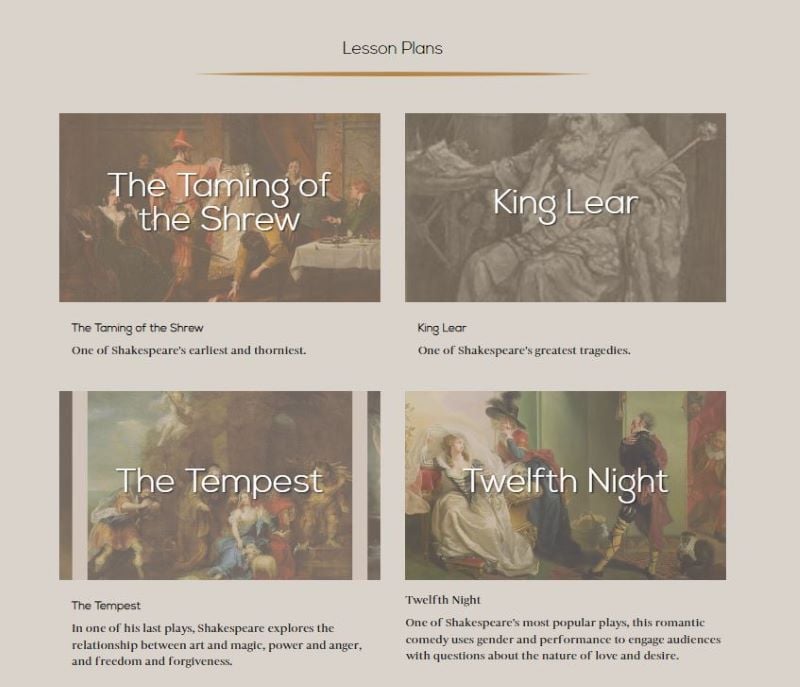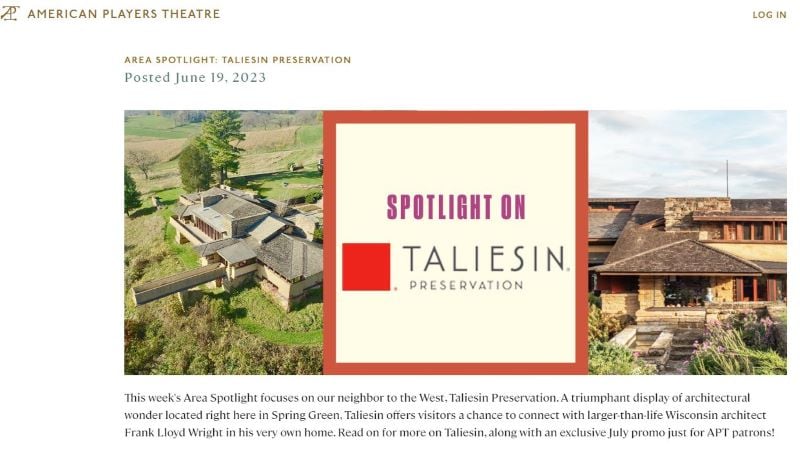8 min read
Bringing Content Marketing Strategy into Performance Arts Marketing
 Melissa Ragsdale
09 August, 2023
Melissa Ragsdale
09 August, 2023

Content marketing offers countless opportunities to build up your community. Explore why and how to apply it in performance arts marketing.
Years ago, content marketing may have been a buzzword relegated to the worlds of tech and eCommerce. Now it’s a crucial part of any marketing strategy – and yes, that includes your performance arts marketing.
What exactly are we talking about when we say 'content marketing'? The Content Marketing Institute defines it as:
Content marketing is a strategic marketing approach focused on creating and distributing valuable, relevant, and consistent content to attract and retain a clearly defined audience — and, ultimately, to drive profitable customer action.
We love this definition because, particularly in the context of performance arts marketing, that emphasis on a 'clearly defined audience' is key.
Good content marketing isn't about the hard sell, but providing people with something which is genuinely interesting, shareable and attention-grabbing. This approach is why food brands like Whole Foods have full recipe libraries on their site, why Spotify produces Spotify Wrapped at the end of each year, and why SaaS companies like ours create educational articles like this one.
Not all customers are engaged by the same types of content. Many arts organisations use the blog section of their website simply to share news and updates, which is a great starting point. But, that only speaks to one segment of your audience: people who are already enthusiastic supporters of your organisation.
A strategic content marketing strategy can help you reach those other segments. It can include a variety of messaging, formats and mediums – not just blog posts, but also videos and downloadable multimedia. Let’s unpack the 'why' and 'how' with some excellent examples from your fellow arts organisations.
Why use a content strategy in performance arts marketing?
|
In the arts, where we have interesting content, unique experiences and amazing stories aplenty, arts marketers are in a really good position to use content marketing strategies to their advantage.
Yet, you may be asking yourself why you should put so much effort into creating content that doesn’t immediately lead people to a booking page. A long-term content marketing strategy can: Give customers a great reason to follow youNobody subscribes to an email newsletter or a social media account because they only want to see solicitations. They follow because they want to be informed and entertained. Once you’ve hooked people in with valuable, engaging content, then they’ll be actively paying attention to your brand – ultimately boosting the power of any ticket sale or fundraising call-to-action that comes through the mix. Build a community among your audiencesA steady stream of content that helps your audience members feel connected to your organisation is a great boon for building audience loyalty. It gives customers an opportunity to keep your organisation in their hearts and minds, even if it’s been a while since they attended a show, leaving a nice door open for them to return again. Draw in new audience membersSome content is naturally great for regular visitors who are eager to hear updates about your organisation – but how do you bring new audience members into the fold? Content that is educational in nature has a potent ability to reach people who may not have otherwise connected with your organisation. The same goes for content that is simply fun to read or watch. Boost your brand’s authority and reputationContent is a fantastic way to get your name out there and to share your expertise, from production know-how to all the research you’ve put into your shows’ themes. The more content you produce, the more you can place yourself in the conversation as a trusted source. Directly contribute to your missionYour organisation likely exists because you care deeply about reaching people through art. Just as you educate and inspire your audience on the stage, you can continue that vital work digitally through your content marketing. Keeping these capabilities in mind can help you shape your particular goals.
Content marketing examples from performance arts organisationsPerformance arts marketing content can come in all shapes and sizes, and there is no one-size-fits-all approach that works for every organization or audience. Use these great examples to spark ideas about how you might power up your own content strategy.
Featuring a variety of content: 'Read, Watch & Listen' from the Barbican
This 'Read, Watch & Listen' page from the Barbican Centre in London, Europe’s largest arts centre, is the first example we wanted to highlight because it demonstrates the breadth of content that you can create. As seen in the screenshot above, the Barbican produces a wide array of articles, long reads, podcasts, playlists and videos – and the way they’ve organised them on their site is user-friendly and inspiring. Each type of content provides something unique, from exploring the lives of artists to hyping up shows to taking you deep into the creative process. We particularly love the stroke of creativity in sharing playlists to go with their shows, such as their Music from Summerisle playlist, as well as playlists that have been curated by composers. The best part is that their content strategy is clearly working towards their mission to 'inspire more people to discover and love the arts.'
Welcoming new audience members: 'New to Opera?' from Opera North
Our next example comes from Opera North, an acclaimed producing and touring opera company based in the north of England. Right on the top of their website menu is a button that says 'New to opera?' which takes you to this marvellous landing page – a destination made for any first-time opera-goer. Here, they’ve created a lot of great content to help answer FAQs, dive into the history of opera, dispel misconceptions and make a case for how great opera is. This is a powerful way to open their doors to a larger and more diverse audience – and it’s not just opera houses who could employ this tactic. An immersive theatre experience, for instance, could similarly take the opportunity to introduce newcomers to the concept, or a dance company could introduce new audiences to the traditions and history of their style.
Take Opera North’s 'Five Reasons to Try Opera' blog post. It might appear in a Google search for somebody researching whether they should try opera – or be shared directly by someone trying to convince a friend to accompany them to a show. This hypothetical reader may not have heard of Opera North until now, and this post will answer some of their concerns. From there, the reader might decide to subscribe to updates or maybe even just keep Opera North in mind when they’re ready to buy tickets. This is a great way to kick off a trusted relationship with a potential customer.
Downloadable lead magnets: Lesson plans from Santa Cruz Shakespeare
Remember from our definition of content marketing the importance of a 'clearly defined audience'? These lesson plans from celebrated theatre company Santa Cruz Shakespeare are an excellent example of content designed specifically for students and teachers. These bring a lot of value to this particular audience, giving them a fantastic reason to engage with the organisation. The payoff is high for Santa Cruz Shakespeare. It establishes them as an authoritative resource on Shakespeare. It also puts them on the map for any teacher or student who lives locally or even visits the area. Not to mention, it could bring in audience members who are more educated about Shakespeare’s work and therefore able to engage with the performance in a deeper way. If you’re considering creating a downloadable resource like this, you can also think about how to turn it into a lead magnet - a piece of content designed to give you a potential patron’s contact information. For example, you may include a form that asks people to sign up for your communications in exchange for a free download of the lesson plan. Once you’ve collected contact details, you can start thinking about how to keep the conversation going with them and get them more involved. Better yet, you already have some information about what interests them. For instance, the next time you’re putting on a production of that particular play, you can send an e-blast to anyone who has previously downloaded the lesson plan.
Local highlights: Area Spotlights from American Players Theatre
American Players Theatre, a renowned classical theatre in Wisconsin, has a great content strategy in place, featuring interviews with performers and staff, posts that go behind the scenes into their production process, and more. But one thing that really caught our eye is their 'Area Spotlights' series, which highlights different local businesses and attractions near their venue. At its core, theatre is about community, so these posts are a wonderful way to celebrate that. Meanwhile, from a performance arts marketing strategy perspective, they bring tons of benefits:
Consider it a win-win-win. Any performance arts venue around the world could certainly have its own area spotlight series.
Key takeaways for performance arts marketersHopefully by now you’re brimming with ideas for the types of content you can use in your performance arts marketing. Now, it’s time to put those ideas into action. Here are six quick tips for generating and embedding great content into your strategy:
Performing arts audience members are often fascinated by what goes on behind the scenes, in rehearsal and in the creative process. The activity that happens every day in your venue is a rich source of content, and processes that you take for granted can have a real wow factor for readers not immersed in the work. Try out different content ideas to find out what engages each segment of your audience, and from there you'll have a strong foundation upon which your other marketing efforts will thrive. |
Melissa Ragsdale is a Marketing Content Producer at Spektrix




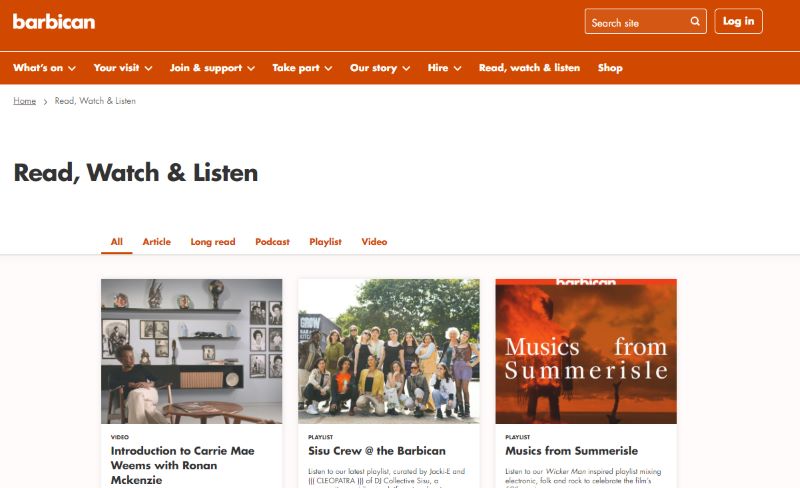
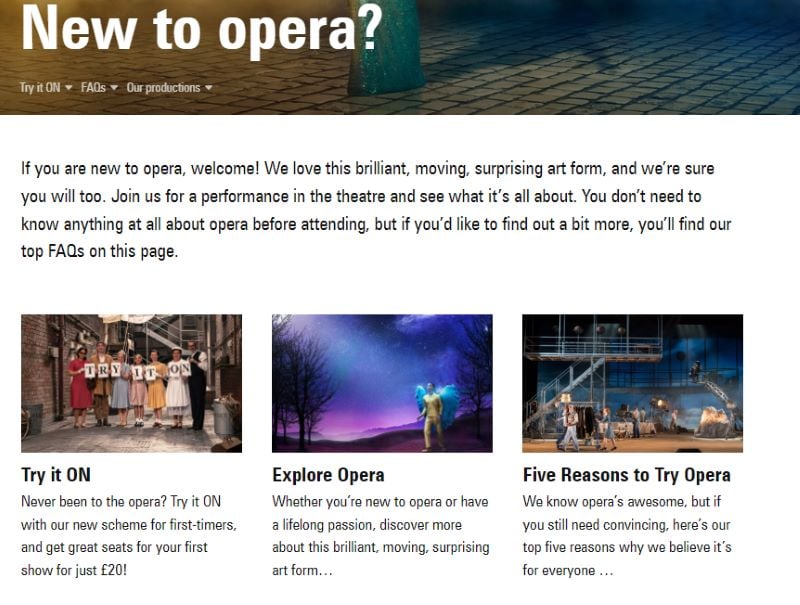
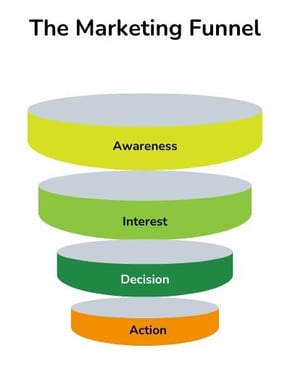 The content on this page also provides a fantastic example of how you can utilise top-of-funnel content and middle-of-funnel content– terms that refer to which stage readers are on in the sales journey. Top-of-funnel content and middle-of-the-funnel content are designed for building awareness. The target audience is looking for information about a topic related to your brand and not necessarily looking to purchase something. (By contrast, someone who’s already convinced they want to go to the opera and is in the process of deciding which production to attend would be more interested in bottom-of-funnel content.)
The content on this page also provides a fantastic example of how you can utilise top-of-funnel content and middle-of-funnel content– terms that refer to which stage readers are on in the sales journey. Top-of-funnel content and middle-of-the-funnel content are designed for building awareness. The target audience is looking for information about a topic related to your brand and not necessarily looking to purchase something. (By contrast, someone who’s already convinced they want to go to the opera and is in the process of deciding which production to attend would be more interested in bottom-of-funnel content.) 